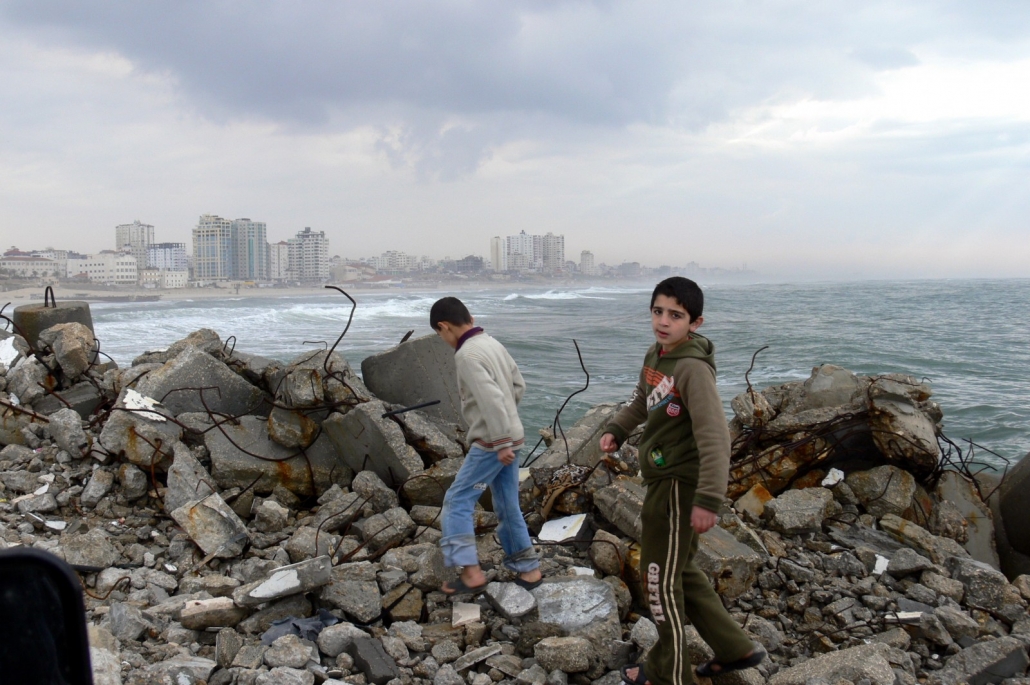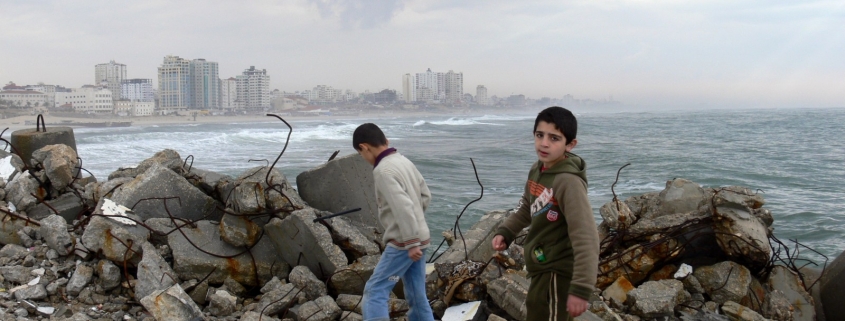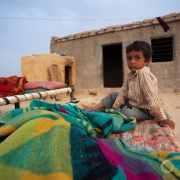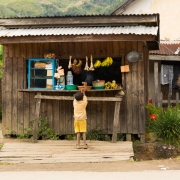HotSpots H2O: Israeli Airstrikes Intensify Palestine’s Water, Humanitarian Crises

Gaza, along the Mediterranean Sea; Photo: Marcin Monko
Christian Thorsberg, Circle of Blue
In late April, as Ramadan prayers were drawing to an end near Jerusalem’s Damascus Gate, scores of Israeli nationalists chanting “Death to Arabs” disrupted the religious gathering and instigated a night of violent attacks against Muslim worshippers. Israeli police sprayed heavy jets of skunk water–a foul-smelling, murky concoction described as a “whiff from hell” by The Economist–at the Palestinian masses. The odorous skunk water pooled in the streets near the Old City’s entrance. Puddles reflected upside-down flames from barricade fires and the golden dome of the Al-Aqsa Mosque. It was the tenth day of Ramadan. It was Earth day.
The incident was a literal display of a central facet of Israel’s occupation of Palestinian territories in Gaza and the West Bank: the weaponization of water.
The attacks in Jerusalem in April were the first act in a violent drama that has played out between Gaza and Israel. After more than a week of air and artillery strikes that began on May 10, the damage in the crowded coastal enclave of Gaza is immense. Three of Gaza’s few crucial desalination plants, necessary for making potable the tainted supply, are off line because of the bombings. Underground pipe networks, which reach 800,000 people in Gaza, have burst. Officials estimate a 40 percent deficit in the already weak water supply.
Meanwhile, the rubble-ravaged streets have become canals of sewage and human waste. Close to 10,000 meters of sewer lines have been decimated, damages officials estimate will cost $27 million to repair. The devastated infrastructure, and now-clogged streets, continue to impede the arrival of water and food trucks. With widespread power shortages, untreated and partly treated wastewater is flowing to the sea at a rate of 100,000 cubic meters per day.
Even with a ceasefire agreement on May 21, halting for a time the rockets, Israel’s water monopoly will remain a persistent obstacle. Rehabilitating Gaza’s infrastructure to meet a livable standard, one the city has not experienced in decades, will prove near-impossible without significant international intervention.
Water has always been an instrument of political power in the region. As far back as 1919, Israel identified water as a choke point in the arid Jordan Valley. Resolutions drafted then outlined the need to “secure all water resources already feeding [Palestine], but also to be able to conserve and control them at their sources.” In 1967, Palestinians were banned from constructing water infrastructure along the West Bank without Israeli permission. And as was determined in 1995, Israel secured over 80 percent of West Bank mountain aquifer water, leaving little else for the occupied nation.
In the decades since, Israeli control has devastated Palestine’s basic needs. In Gaza, the 140-square mile strip of Occupied Palestine that has been called “the world’s largest open-air prison,” over 95 percent of water is deemed non-potable. Of its 2 million residents, over 100,000 are completely disconnected from any water network. According to the World Health Organization, over a quarter of disease in the city is water-related, and more than half of children succumb to water-related parasitic infections.
Israel’s harsh import restrictions have handicapped the construction of water infrastructure. Further from Gaza, in more rural and arid stretches of Palestine, Israel continues its efforts to constrain water access and irrigation abilities of farmers. In 2012, the UN forecasted Gaza’s conditions would be “unlivable” by 2020.
And yet 2 million people do still live there, their lives made more unbearable today by the fallout from 11 days of violence.
Christian Thorsberg is an environmental writer from Chicago. He is passionate about climate and cultural phenomena that often appear slow or invisible, and he examines these themes in his journalism, poetry, and fiction.










Leave a Reply
Want to join the discussion?Feel free to contribute!